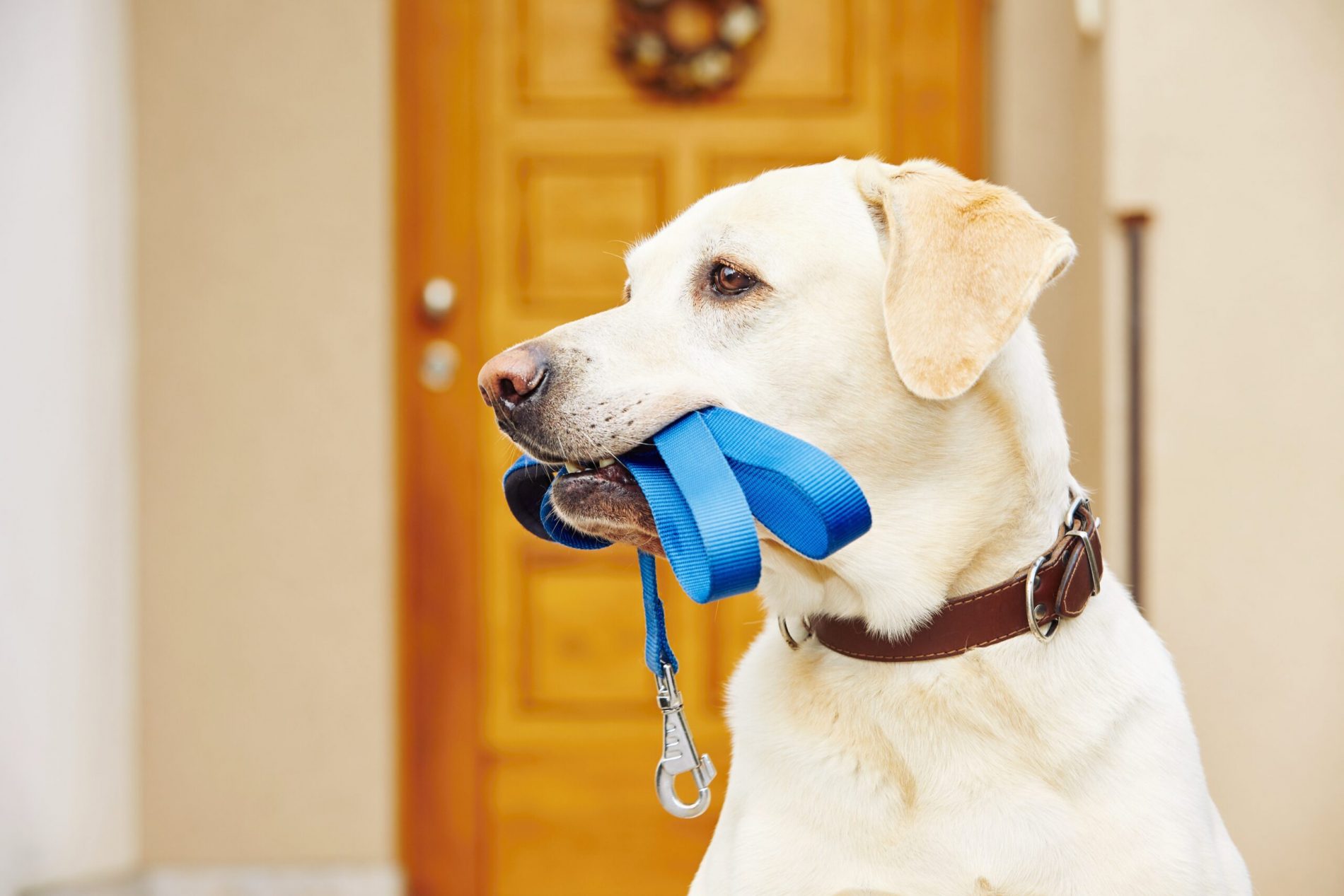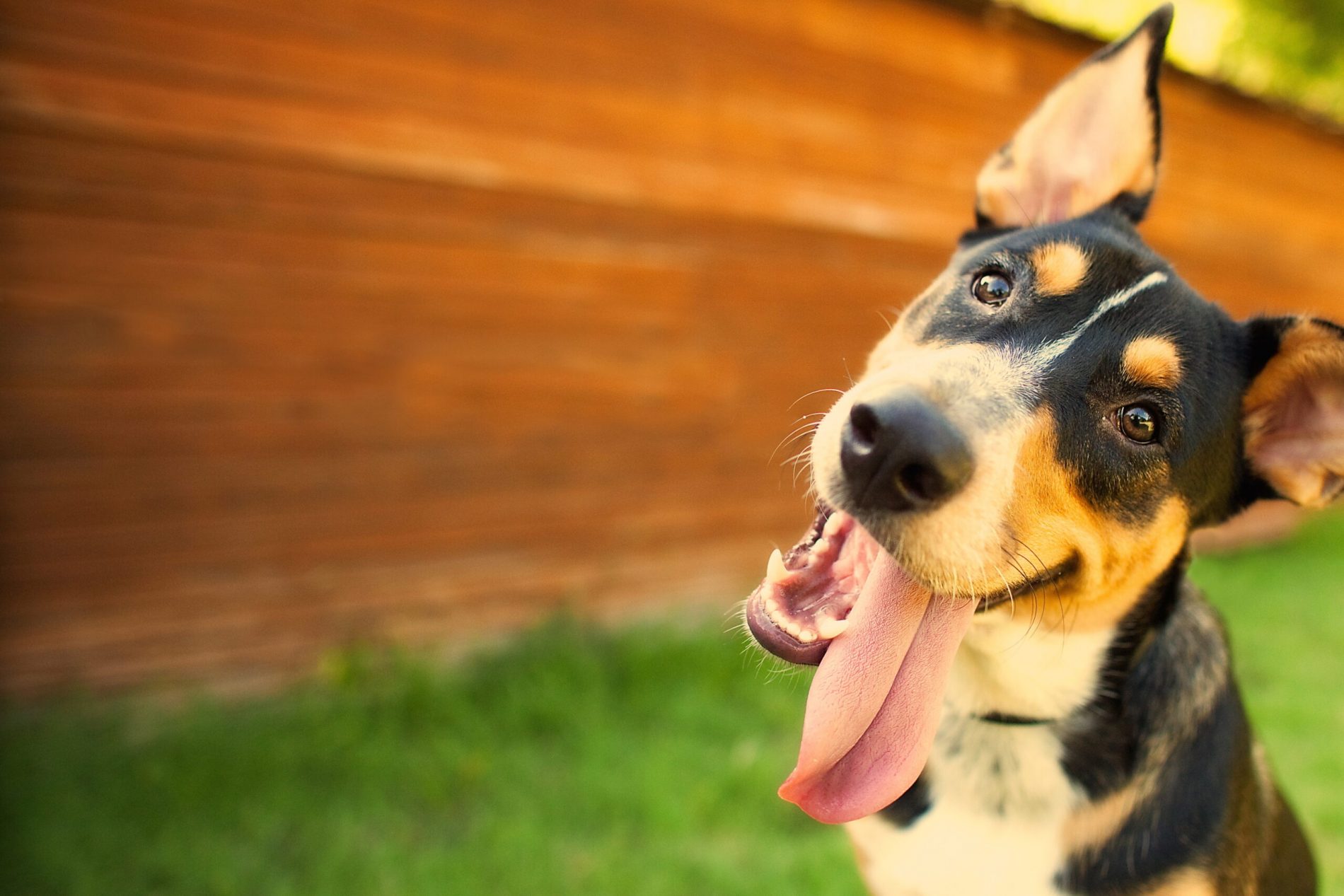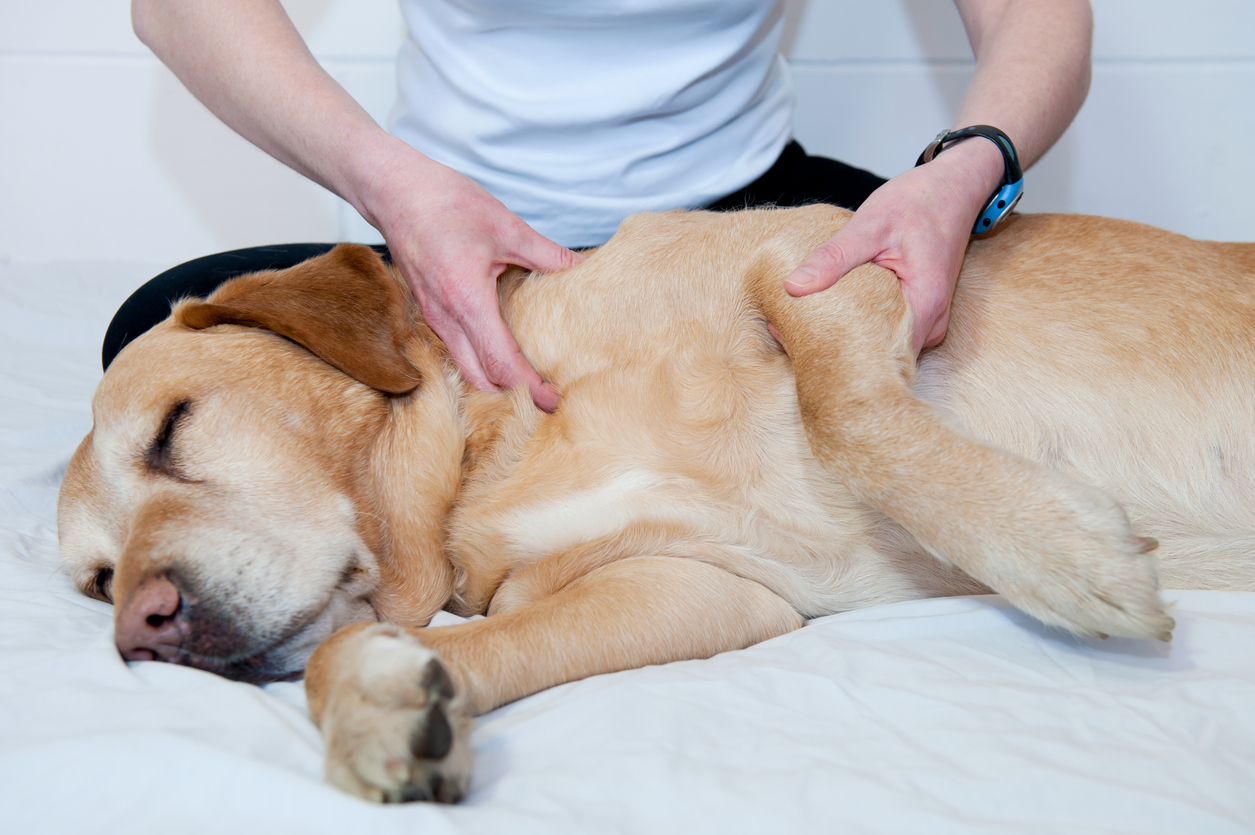Joint Conditions In Dogs
Targeted Rehabilitation Strategies to Manage Pain, Improve Joint Function, and Support Mobility in Dogs with Joint Conditions
Comprehensive In-Home Therapy For Joint Conditions In Dogs
Joint conditions in dogs can significantly impair comfort, mobility, and quality of life. These issues may present as stiffness, lameness, reduced activity, or difficulty with daily movements such as rising, walking, or climbing stairs.
At Paws4Paws, we deliver in-home rehabilitation tailored to your dog’s specific diagnosis, age, and functional needs. Our approach focuses on restoring joint function, reducing pain and inflammation, and preventing compensatory strain. All sessions are conducted in your dog’s familiar environment to maximise comfort and relevance to real-world mobility challenges.
In-Home Rehabilitation For Common Joint Conditions
We provide targeted rehabilitation for dogs with orthopaedic joint conditions, focusing on improving joint function, reducing pain and inflammation, and minimising compensatory movement patterns. Each program is tailored to your dog’s clinical presentation, functional limitations, and mobility goals—supporting long-term joint health, promoting musculoskeletal balance, and improving quality of life.

Arthritis / Degenerative Joint Disease
Osteoarthritis, or degenerative joint disease (DJD), involves progressive cartilage degeneration, joint instability, and chronic inflammation. These changes contribute to pain, stiffness, and loss of function over time. Treatment is tailored to disease stage and presentation, focusing on reducing inflammation, improving joint mechanics, and restoring mobility through therapeutic exercise, manual therapy, and therapeutic laser therapy (PBMT).

Hip Dysplasia
Hip dysplasia results from laxity in the hip joint, often leading to abnormal loading, muscle atrophy, and degenerative changes. In-home therapy enables assessment of movement patterns in a familiar setting and supports targeted intervention. Treatment includes strengthening of periarticular muscles, gait retraining, manual therapy, and photobiomodulation (PBMT) to reduce pain and improve joint stability. Suitable for conservative care and post-surgical recovery.

Elbow Dysplasia
Elbow dysplasia involves developmental abnormalities such as FCP, UAP, and OCD, leading to joint incongruity, chronic pain, and osteoarthritis. In-home rehabilitation allows functional assessment of gait and limb use in real-world settings. Treatment focuses on restoring forelimb function and joint mechanics through manual therapy, targeted exercise, and photobiomodulation (PBMT). We support both conservative and post-surgical management to enhance long-term outcomes.

Cruciate Ligament Injury (ACL injury)
Cruciate ligament injury is a leading cause of hindlimb lameness in dogs, resulting from partial or complete rupture of the cranial cruciate ligament (CCL), similar to the human anterior cruciate ligament (ACL). This injury leads to joint instability, inflammation, pain, and secondary osteoarthritis. Rehabilitation supports both conservative and post-surgical management by addressing limb function, joint stability, and compensatory strain. Treatment includes targeted exercise, proprioceptive training, manual therapy, and laser therapy (PBMT).

Luxating Patella
Patellar luxation occurs when the kneecap displaces from its normal position, often due to a shallow trochlear groove, misalignment between the femur and tibia, or soft tissue imbalance. This condition can lead to intermittent lameness, pain, muscle asymmetry, and progressive joint degeneration. Rehabilitation focuses on improving stifle stability, correcting compensatory movement patterns, reducing pain, and strengthening supportive musculature through targeted exercise, manual therapy, and laser therapy (PBMT). Suitable for both conservative management and post-surgical recovery.

Medial Shoulder Instability
Medial shoulder instability (MSI) is a common cause of chronic forelimb lameness in active or athletic dogs, often resulting from repetitive strain to the supporting soft tissues of the shoulder joint. It can lead to pain, altered gait, and reduced performance or activity tolerance. Rehabilitation focuses on improving joint stability and dynamic control through targeted strengthening, proprioceptive training, and manual therapy. Laser therapy (PBMT) may also be used to reduce inflammation and support soft tissue healing.
How Rehabilitation Supports Long-Term Joint Health
Effective management of joint conditions requires more than symptom relief—it demands ongoing functional support to protect joint integrity, maintain mobility, and prevent secondary issues. Canine rehabilitation addresses the biomechanical, neuromuscular, and postural consequences of joint disease, helping to reduce abnormal loading patterns and maintain musculoskeletal balance.
Our rehabilitation programs are designed to:
-
Improve joint range of motion and flexibility
-
Strengthen periarticular musculature for better joint support
-
Reduce compensatory strain on adjacent joints and the spine
-
Enhance proprioception, coordination, and balance
-
Support safe, functional movement in daily activities
-
Guide owners on appropriate exercise, activity pacing, and home environment adaptations
By addressing both the joint pathology and the dog’s functional needs, we aim to optimise long-term outcomes and preserve quality of life.

